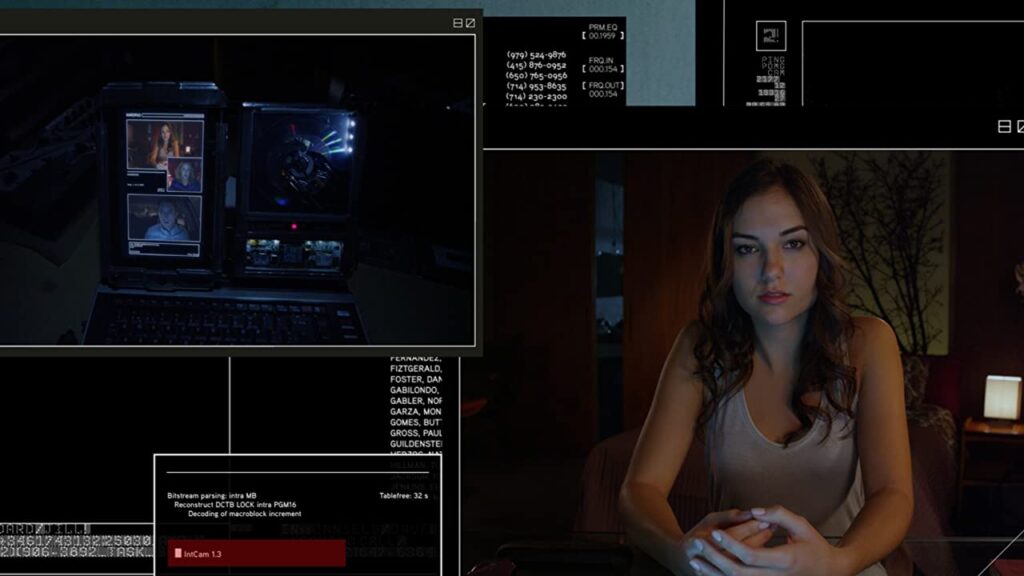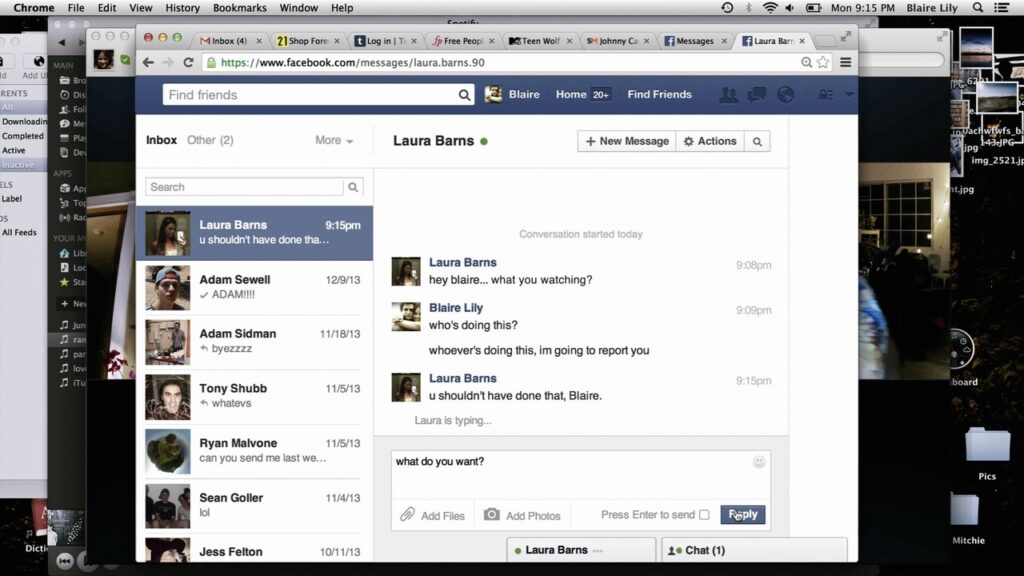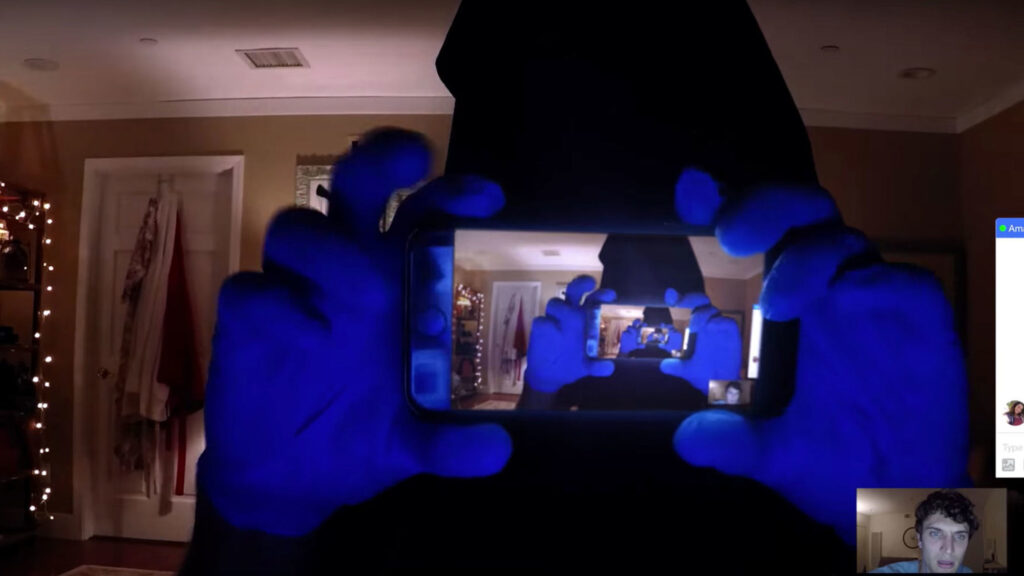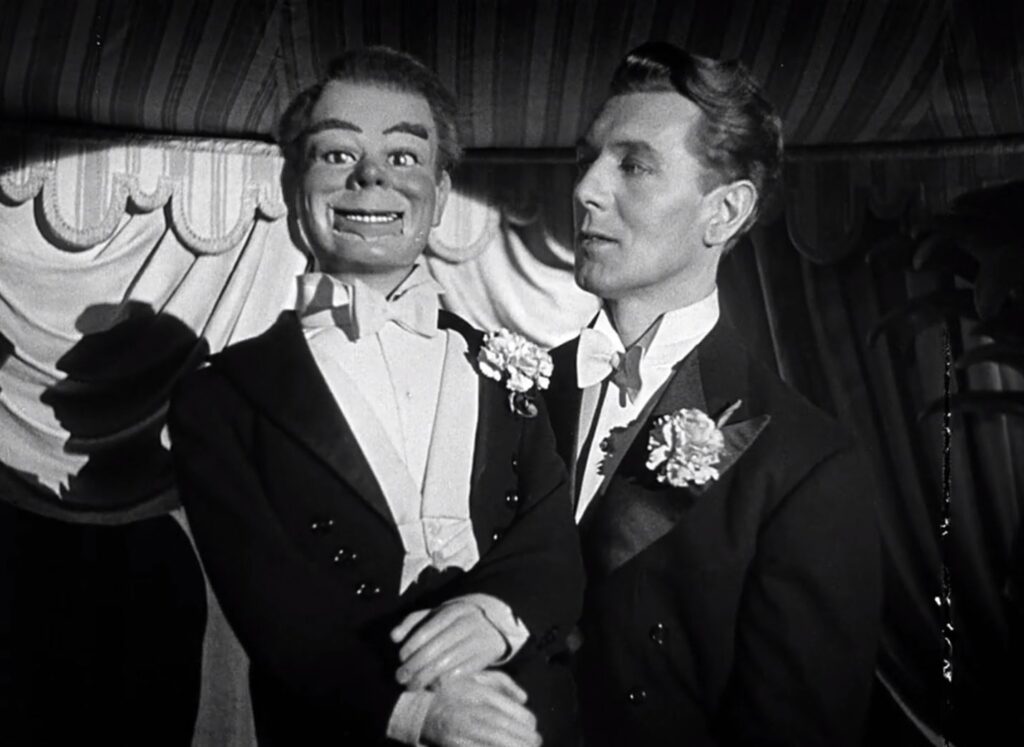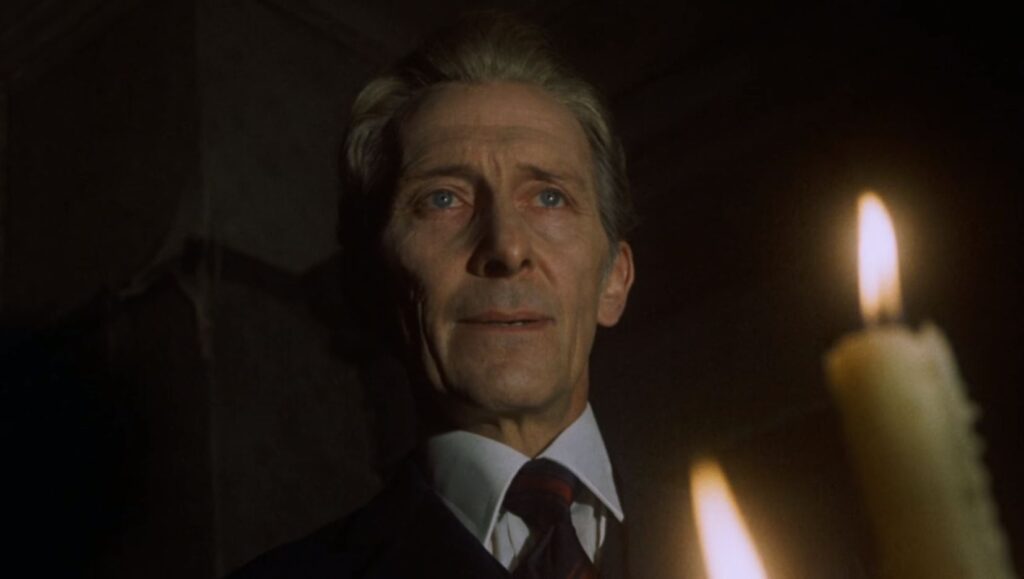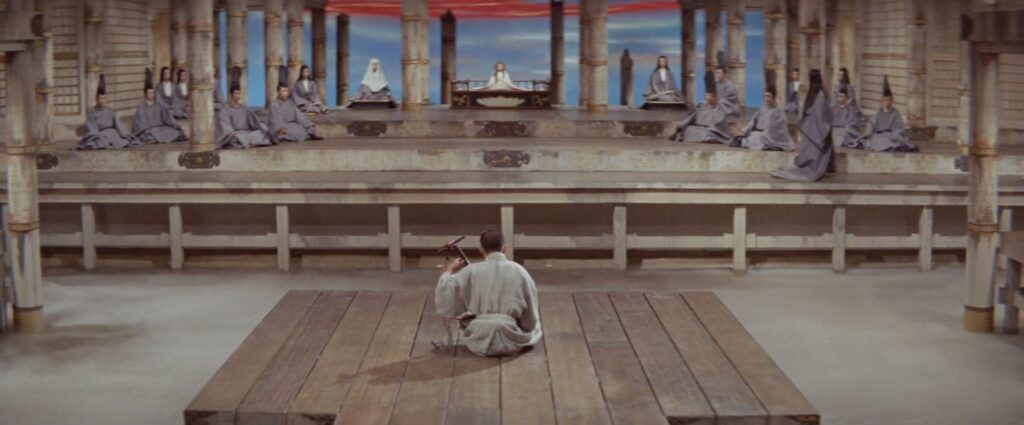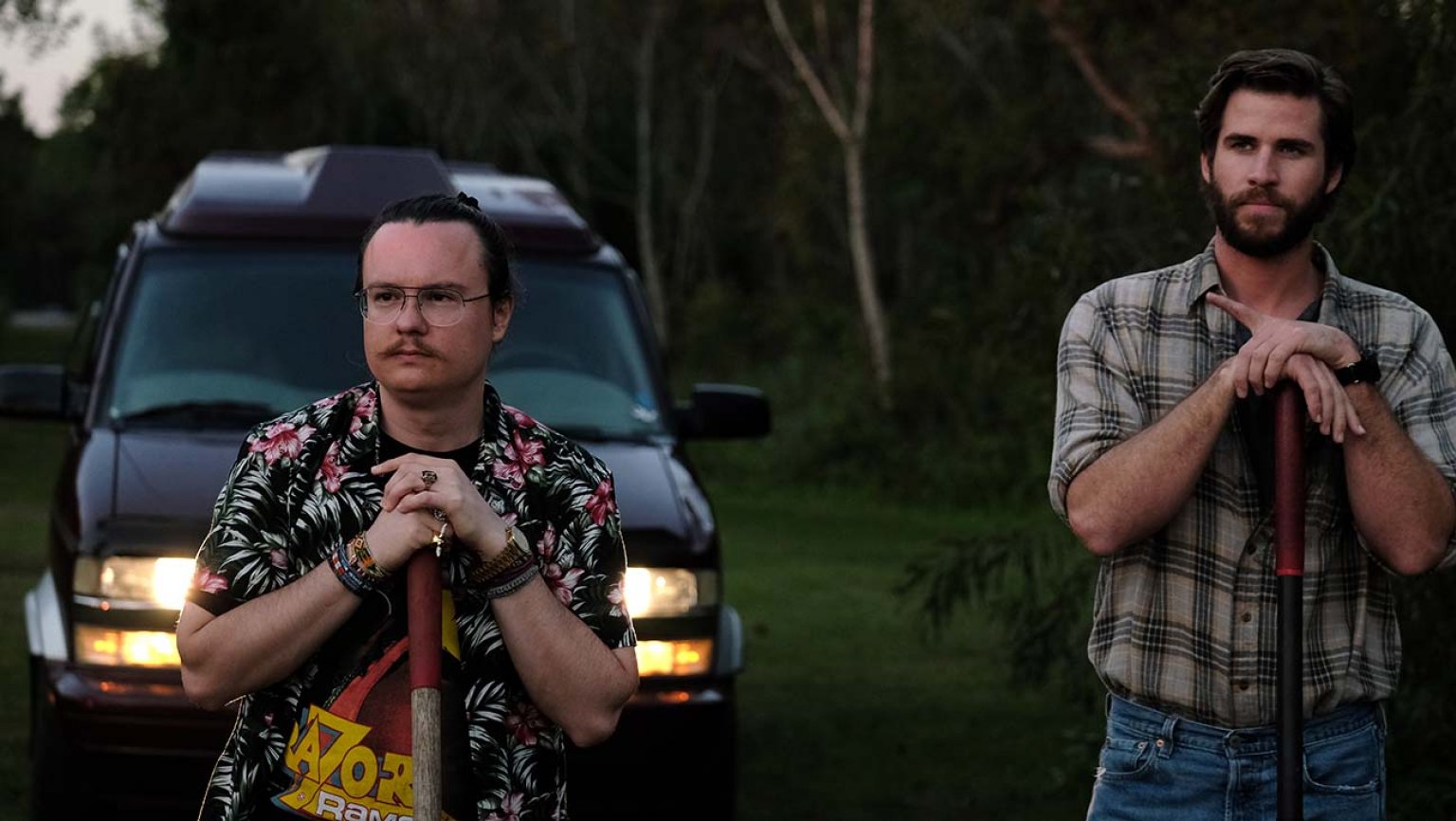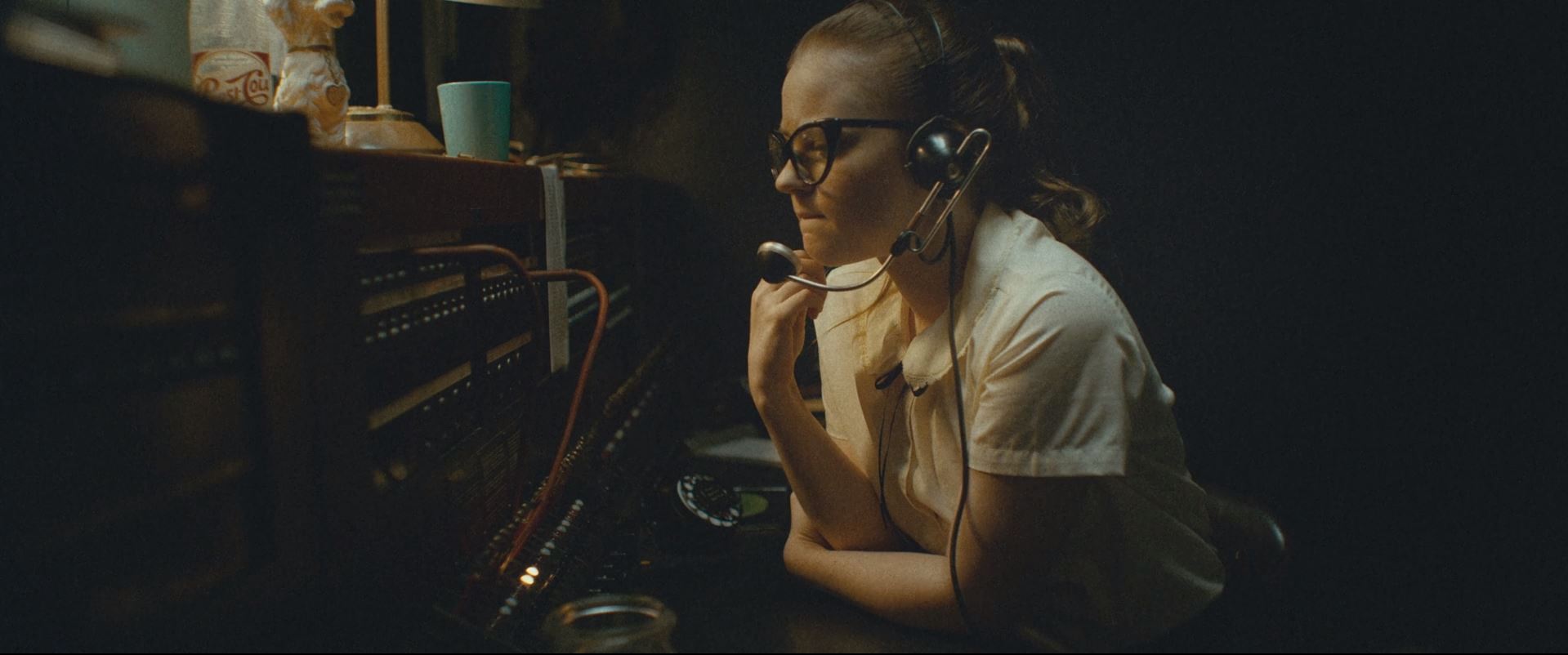MonsterVision
Back in the 1990s, TNT aired a program called MonsterVision. The show took many forms over the course of the decade, including narrators and guest hosts. There was even a short stint in which famed magicians Penn and Teller hosted marathons of old B-Movies from the 1950s and 1960s.
Ultimately, though, the reason MonsterVision looms large is because Joe Bob Briggs hosted the program from 1996 until the show’s demise in 2000. A drive-in movie critic that covered a beat consisting of trashy, grindhouse fare, Briggs brought an irreverent personality to the show and joined the ranks of great horror hosts. It’s a noble tradition, and unlike a lot of horror hosts, Briggs brings a wealth of knowledge about films and filmmakers. I distinctly remember his commentary on Halloween II. It’s not that it was mind-blowingly insightful or anything, but it was much more interesting information than I was accustomed to coming from TV hosts.
These days, the internet not only gives everyone a voice, but also makes the obscure accessible. In the 80s and 90s, no one covered low-budget horror flicks that only ran in run-down theaters and drive-ins… except for the likes of Joe Bob Briggs. A few years ago, the streaming service Shudder (well worth your money, especially at this time of year!) essentially revived MonsterVision, now calling it The Last Drive-In. The second season roughly coincided with the Covid outbreak in the US, and it was a welcome weekly respite from the all-too-real horrors of the world.
Since I’ve already watched all the newer Last Drive-In installments, I figured we’d take a look back at the TNT years. It was a little tricky finding three movies I hadn’t seen before, but I think this is a pretty solid trio…
The Six Weeks of Halloween: Week 2 – MonsterVision
- Monstervision: Ice Cream Man
- Ice Cream Man (Robot Chicken)
- The Stuff (trailer)
Ice Cream Man – Gregory just wants to make the neighborhood kids happy. So he reopens the local ice cream factory and revs up the ice cream truck to spread joy. The rude little snots and policemen that get in his way simply get reprocessed into the flavor of the week. This had one of the more eyecatching VHS covers that stood out on shelves at Blockbuster. I always remember giving it a chuckle while passing by. It turns out that I had not seen this all the way through before, though I definitely caught parts of it here or there (perhaps even on MonsterVision?)

It’s basically the Clint Howard show; the part he was born to play. He’s the only one who could pull off something like this, and he’s genuinely great in the roll. The supporting cast is surprisingly stacked for a movie like this. I have no idea how they got David Warner, Olivia Hussey, and Jan Michael Vincent to sign on for this thing. Warner and Hussey seem to be having lots of fun, and I always enjoy seeing them in stuff like this. Vincent doesn’t look like he wants to be there (and I’m sure he was smashed the whole shoot).
This was made right at the end of the practical effects heyday, and the gory bits are well done. It also captures that mid-nineties zeitgeist that probably only works for folks of my generation. Still, it’s funny seeing the fashions and hairstyles and the one kid who looks like JTT. While it’s clear the film has its tongue placed firmly in cheek, it still has a weird tonal inconsistency that doesn’t quite work… and yet becomes part of its charm. It’s clearly not a very good movie in most respects, but I kinda love it anyway. **
- Monstervision: Deadly Friend
- Demon Seed (trailer)
- Chopping Mall (trailer)
Deadly Friend – A literal teenage mad scientist tries to save his crush’s life by implanting computer chips in her brain. Naturally, she comes back seeking vengeance. Another Wes Craven film I’d never seen, it turns out there’s a pretty good reason for that. He’s all but disowned the thing. Originally intended to be his Starman (John Carpenter’s sappy sci-fi drama), the studio had other aims. Reshoots were ordered and edited into the movie, including some gory dream sequences and an A+ basketball gag that’s become a true classic. Kristy Swanson is the standout performance and gets plenty to do as she ping-pongs between male figures vying for dominance and control over her. Also, when she becomes a robo-zombie, she gets perfect smokey makeup around her eyes (instead of the more traditional rot and decay). It’s a very 80s affair.
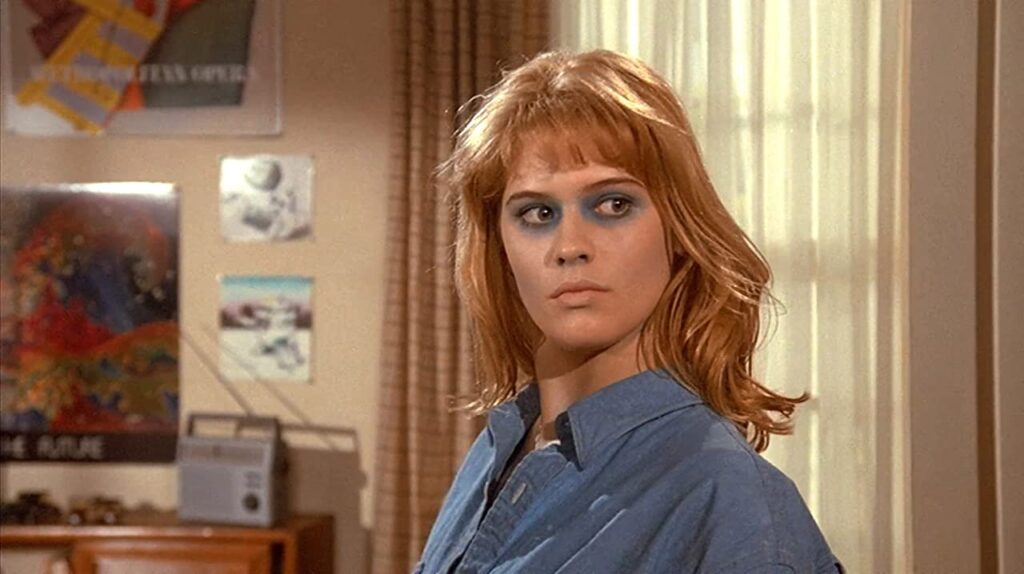
All of which is to say that the movie feels disjointed and uneven. The robot bits, capitalizing on the 80s trend (Short Circuit and Chopping Mall were also released this year and in fact, the first robot we see in this movie is literally using the same chassis as Johnny 5), are silly and unconvincing and while I can kinda see what the movie was going for from a dramatic perspective… I think the studio’s imperative to add some gory nightmare sequences was probably justified. I really enjoy Starman, but while I understand that Deadly Friend was chopped up and reassembled, I still don’t quite see it turning out as well as Starman. Unfortunately, the gore and the drama just sorta cancel each other out. That being said, like all of Craven’s films, this one gets under your skin at moments. It’s definitely an interesting mid-80s artifact. There’s some gold at its core, but it’s not exactly a must-watch. **1/2
- Monstervision: Raising Cain
- Horror Movie Daycare (short)
- Sisters (trailer)
Raising Cain – As local children start disappearing, a woman suspects her child psychologist husband may be involved. Brian De Palma infamously rips off Hitchcock whenever possible, but by this point in his career, he’d been doing it for so long that he began ripping off himself ripping off Hitchcock. This sorta self-referential exercise gets goofy at times, but I actually really ended up enjoying the movie. Sure, it’s not as good as De Palma’s other Hitchcock pastiches like Dressed to Kill, Body Double, and Sisters, but it has its moments. I mean, if you’re going to appropriate another filmmaker, you could do a lot worse than Hitch!
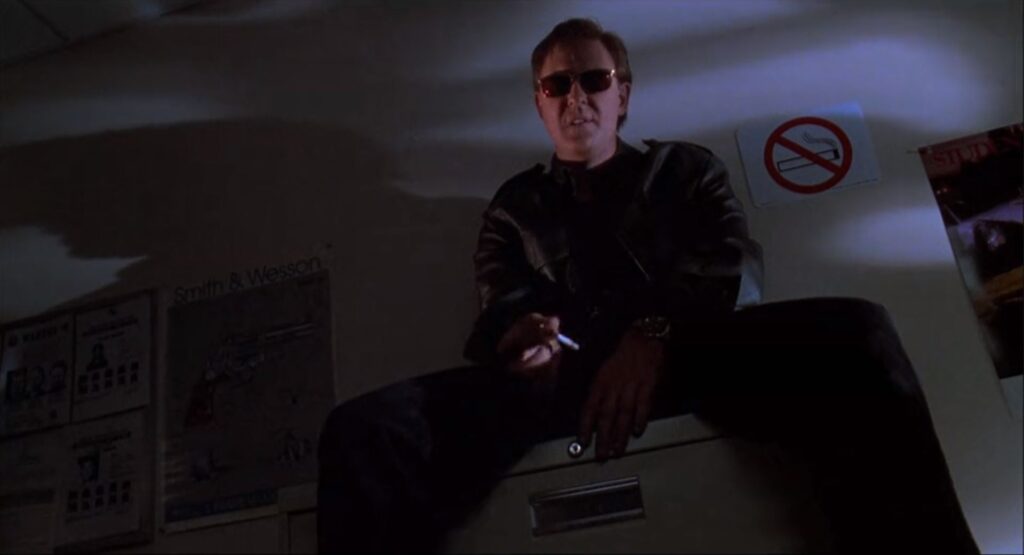
In particular, John Lithgow’s multifaceted performance is something to behold. He’s really chewing the scenery throughout the film, playing at least 5 different characters at various times. The “bad boy” twin is a little laughable and there are some moments of unintentional hilarity spread throughout the movie. Lithgow is certainly able to play up an evil character (witness his chilling performance in De Palma’s Blow Out), but that “bad boy” getup just makes me laugh every time it shows up. He still carries the movie, and it’s always nice to see someone really going for it like that.
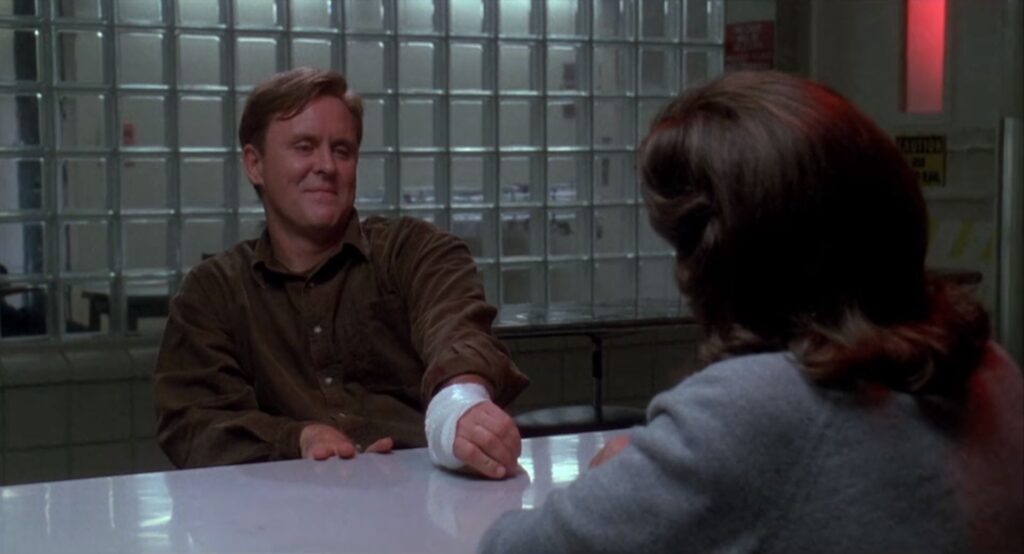
Look, it’s another rehash of Psycho with a dash of Peeping Tom. But De Palma is good at this, and it’s an excuse for his trademark but needlessly showy bravura camera tricks. Take the walk-and-talk sequence at a police station where character actor Gregg Henry seemingly directs the blocking of his counterparts. It’s a fun sequence and a microcosm of what De Palma is doing to the viewers of his film. Some of the plot twists and turns are hokey and might not make sense, but again, who cares? De Palma’s here grabbing our arm and pointing us back in the right direction with his stylistic flourishes. The climax also has some showy formal camerawork. Once again, we see De Palma folding in upon himself, referencing yet another of his own films with the baby carriage gag. It’s not De Palma’s best and it’s got its flaws, but I kinda love it. ***
That’s week 2 in the books. Stay tuned, we’ve got more horrific fun coming your way.
